Tibet is nicknamed the "Roof of the World" because it is such a huge area at higher altitude than anywhere else in the world, much of it a rolling plateau at 14,000 to 17,000 feet with higher mountain ranges. The only other place that comes close in altitude is the Andean Altiplano in South America. Entering Tibet from Nepal involves a very rapid gain in elevation from 1,400 meters (4,500 feet) in the Kathmandu Valley and not much higher at the border to 4,500 meters (almost 15,000 feet) in 24 hours. That's something similar to going from Denver to the top of the highest Fourteener in Colorado in a day and staying at the top for days afterwards.
Thus, the traveling the route in our direction required some precautions against altitude sickness, such as spending extra time on the plateau before heading even higher to Everest Base Camp and possibly descending to lower altitude temporarily for those who show serious signs of the condition
. I wasn’t too concerned for myself since I had spent days at very high elevation on my two treks in Nepal on the previous two months without much of an issue but started taking Diamox again once we got to Zhangmu as a precaution. Diamox reduces the risk of altitude sickness by speeding up heart rate and breathing, contributing to greater oxygen uptake, rather than simply relieving symptoms of altitude sickness like Ibuprofen. I found some strange side effects each time I took it. It led me to grater urination, especially on the first day I started taking it. The other was that I seemed to keep dribbling after I felt like I had finished urinating.
I am unsure if Diamox contributes to vivid dreams in the same way as the anti-malaria drug Lariam (which I took in West Africa but had an alternative med for in India) but I did have a very memorable dream one night in Tingri while taking it. I dreamt that I was wandering around a town that seemed very much like Pokhara in Nepal where I had spent a full week not very long before. I kept going to restaurants and bars and ordering food and drinks, but the prices of things seemed absolutely random; some things that should have been cheap were very expensive while other items that should have had similar prices cost widely varying amounts. I studied it and studied the menus and finally broke the code – the prices of food and drinks were directly related to the number of points they were worth in Scrabble
. I determined that Mai Tai had a very low Scrabble point value so went around from bar to bar drinking Mai Tais and not spending much money. That’s such a Warren The Economist dream! The weird thing is that I never play Scrabble and am not sure where in my subconscious lies the knowledge that the letters M and T have rather low point values in the game. Anyway, Diamox-induced or not, it was a very pleasing dream, and I woke up feeling happy and very well rested.
Once we cleared immigration and customs on the Chinese side of the border we met our Chinese and Tibetan guides, named Jason and something like Tsu- wan, respectively. Yes, to travel in Tibet you need two helpers. Entering wasn’t without incident, though, as the customs official confiscated one of my fellow traveler’s copy of “Lonely Planet: China”. The boss returned it to him before we left the building, though. The Chinese are very suspicious of how Taiwan and Tibet are depicted in western publications. Guidebook publishers respond by sidestepping the political issues they might otherwise include (so they can sell books that will be useful in travel in China)
. The knee-jerk reaction of customs grunts who can’t read English is just to confiscate any books that have to do with China or mention Tibet.
From the border post the road zig-zagged up the super steep mountainside in switchbacks to Zhangmu at almost 7,000 feet in elevation. There are two really good things I can say about roads in China. First, after often inadequate roads in India and appallingly maintained ones in Nepal, the roads in China are generally well maintained and paved. With the exception of our detour to Everest Base Camp, all roads we would travel on in Tibet and the rest of China were paved with the exception of a few construction sites. Second, in China they drive on the right side of the road. I had to get used to that again after five months in South Asian countries where they drive on the wrong, ummm, I mean left, side of the road. In India it doesn’t really matter; cars just go wherever there’s open space in a chaotic free-for-all
.
Zhangmu seemed to be a mostly ethnic Chinese town. It’s situated on the side of a gorge so steep that it seems to have only one main road through it that snakes back and forth upwards. The switchbacks are connected to each other by steep stairways. We had a dinner of good Chinese food, multiple dishes served banquet style on a Lazy Susan with individual bowls of rice. The beer in China is watery but cheap and the wine is too sweet but also cheap. I now remember how much I love the food in China, even if I have to struggle getting it to my mouth with chopsticks. Breakfast was even better – steamed buns stuffed with barbecued pork with soy and chili sauces for dipping. Why can’t we eat such tasty food for breakfast in Western countries?
We had a late start because the guides had to attend to some bureaucratic formalities that morning. China is all on one time zone, so at points as far west as Tibet and Xinjiang it gets both light and dark very late in terms of clock times we’re used to
. Jason promised us a good market and a wide variety of food available at the market, so I and the other members of my cook group eagerly discussed options for dinner and breakfast and lunch since it would be our turn to make camp meals. It turned out that Jason had no idea what he was talking about because he had never been to Tibet before, and the food available in the market in one of the most far-flung parts of China was poor both in quality and variety. We’d have to make do with the crap we could find.
The road from the Nepalese border all the way to Lhasa is known in China as the Friendship Highway. From Zhangmu it heads north and climbs spectacularly ever higher up the side of the canyon in curves and switchbacks until it reaches the Tibetan Plateau on the leeward side of the high Himalayan peaks. So as I also found on my treks, it counterintuitively becomes ever drier rather than greener (as in the American West) as you rise in elevation. Once the road leveled out onto the Plateau around 14,000 feet, we were pretty much in a bleak desert but with glaciated Himalayan peaks to our south and west
.
Tsuwan picked a campsite in a bleak river plain that seemed to function as some kind of a quarry. The quarry workers were very curious about us and crowded around as we set up camp for the night and started cooking. The wind blowing up the valley was so fierce through the afternoon I decided it wasn’t worth the effort to set up my tent until about sunset. I don’t know for a fact if this was our coldest camping night, but it felt like it to me. It felt as though I hardly slept, and it was all made worse when I got back to my tent after taking a pee and had the fright of finding the friendly beggar puppy around ur campsite all evening on my sleeping bag. And then I had to get up before dawn to boil water for tea and start making scrambled eggs. Do you know how cold it is to crack eggs for 20 people in below freezing temperatures?
The drive took us over two bleak passes at 5,050 and 5,150 meters (about 17,000 feet) from which several 8,000 meter peaks along the Nepalese border were visible. It was then down to an equally arid valley with several settlements and some farmland being plowed traditionally by farmers with yak and horse-pulled plows. We stayed in a hotel in a small settlement named Tingri where the side road to Everest Base Camp begins. Some people on the tour were showing symptoms of altitude sickness, so we’d have to stay there for a second night before heading higher to Everest. There was virtually nothing to do in Tingri, but there was a small hot springs about ten miles out of town that made for a pleasant afternoon trip.
Entering Tibet - Climbing to the Roof of the World
Saturday, May 17, 2014
 Tingri, Tibet, China
Tingri, Tibet, China
Other Entries
-
68Sri Lanka Central Highlands - Tea Country
Mar 2553 days prior Bandarawela, Sri Lankaphoto_camera64videocam 0comment 0
Bandarawela, Sri Lankaphoto_camera64videocam 0comment 0 -
69Sri Lanka's South Coast - Colonial Galle & Beaches
Mar 2751 days prior Galle, Sri Lankaphoto_camera57videocam 0comment 0
Galle, Sri Lankaphoto_camera57videocam 0comment 0 -
70Colombo - Sri Lanka's Capital
Mar 2949 days prior Colombo, Sri Lankaphoto_camera36videocam 0comment 0
Colombo, Sri Lankaphoto_camera36videocam 0comment 0 -
71Male - Tiny Capital of the Maldives
Mar 3048 days prior Male, Maldivesphoto_camera62videocam 0comment 0
Male, Maldivesphoto_camera62videocam 0comment 0 -
72Maldives - Crusing Through Paradise on a Dhoni
Apr 0542 days prior Felidhoo, Maldivesphoto_camera99videocam 0comment 0
Felidhoo, Maldivesphoto_camera99videocam 0comment 0 -
73Annapurna Trek I - Lower Marshyangdi River Valley
Apr 1136 days prior Bahundanda, Nepalphoto_camera86videocam 0comment 0
Bahundanda, Nepalphoto_camera86videocam 0comment 0 -
74Annapurna Trek II - Long Day to Chame
Apr 1334 days prior Chame , Nepalphoto_camera43videocam 0comment 0
Chame , Nepalphoto_camera43videocam 0comment 0 -
75Annapurna Trek III - Medieval Upper Pisang
Apr 1433 days prior Upper Pisang, Nepalphoto_camera102videocam 0comment 0
Upper Pisang, Nepalphoto_camera102videocam 0comment 0 -
76Annapurna Trek IV - High Road to Manang
Apr 1532 days prior Manang, Nepalphoto_camera155videocam 0comment 0
Manang, Nepalphoto_camera155videocam 0comment 0 -
77Annapurna Trek V - Acclimatization Around Manang
Apr 1730 days prior Manang, Nepalphoto_camera110videocam 0comment 0
Manang, Nepalphoto_camera110videocam 0comment 0 -
78Annapurna Trek VI - Towards the Thorung La
Apr 1928 days prior Manang, Nepalphoto_camera84videocam 0comment 0
Manang, Nepalphoto_camera84videocam 0comment 0 -
79Annapurna Trek VII - Crossing the Thorung La
Apr 2027 days prior Muktinath, Nepalphoto_camera93videocam 0comment 0
Muktinath, Nepalphoto_camera93videocam 0comment 0 -
80Annapurna Trek VIII - Upper Kali Gandaki Valley
Apr 2225 days prior Jomsom, Nepalphoto_camera98videocam 0comment 0
Jomsom, Nepalphoto_camera98videocam 0comment 0 -
81Annapurna Trek IX - Lower Kali Gandaki Valley
Apr 2423 days prior Tatopani, Nepalphoto_camera88videocam 0comment 0
Tatopani, Nepalphoto_camera88videocam 0comment 0 -
82Annapurna Trek X - Over Poon Hill
Apr 2720 days prior Ghorepani, Nepalphoto_camera59videocam 0comment 0
Ghorepani, Nepalphoto_camera59videocam 0comment 0 -
83Pokhara - Lakeside Trek Recovery
May 0215 days prior Pokhara, Nepalphoto_camera41videocam 0comment 0
Pokhara, Nepalphoto_camera41videocam 0comment 0 -
84Last Resort - The Journey to Tibet Begins
May 134 days prior Kodari, Nepalphoto_camera31videocam 0comment 0
Kodari, Nepalphoto_camera31videocam 0comment 0 -
85Entering Tibet - Climbing to the Roof of the World
May 17 Tingri, Chinaphoto_camera67videocam 0comment 0
Tingri, Chinaphoto_camera67videocam 0comment 0 -
86Everest Base Camp - Top of the World
May 192 days later Everest Base Camp, Chinaphoto_camera70videocam 0comment 0
Everest Base Camp, Chinaphoto_camera70videocam 0comment 0 -
87To Everest Base Camp and Back
May 203 days later Lhatse, Chinaphoto_camera61videocam 0comment 0
Lhatse, Chinaphoto_camera61videocam 0comment 0 -
88Shigatse - Monastery of the Panchen Lama
May 225 days later Shigatse, Chinaphoto_camera120videocam 0comment 0
Shigatse, Chinaphoto_camera120videocam 0comment 0 -
89Gyangze - Hilltop Fortress and Monasteries
May 236 days later Gyangze, Chinaphoto_camera62videocam 0comment 0
Gyangze, Chinaphoto_camera62videocam 0comment 0 -
90The Road to Lhasa
May 247 days later Lungsang La, Chinaphoto_camera47videocam 0comment 0
Lungsang La, Chinaphoto_camera47videocam 0comment 0 -
91Lhasa - Capital of the Tibetan World
May 258 days later Lhasa, Chinaphoto_camera128videocam 0comment 0
Lhasa, Chinaphoto_camera128videocam 0comment 0 -
92Lhasa Environs - Drepung and Sera Monasteries
May 269 days later Lhasa, Chinaphoto_camera78videocam 0comment 0
Lhasa, Chinaphoto_camera78videocam 0comment 0 -
93Three Days Crossing the Roof of the World
May 2811 days later Amdo, Chinaphoto_camera90videocam 0comment 0
Amdo, Chinaphoto_camera90videocam 0comment 0 -
94Crossing Qinghai - The High Road to China
May 3114 days later Qinghai Hu, Chinaphoto_camera68videocam 0comment 0
Qinghai Hu, Chinaphoto_camera68videocam 0comment 0 -
95Lanzhou - Gigantic Capital of Gansu Province
Jun 0216 days later Lanzhou, Chinaphoto_camera75videocam 0comment 0
Lanzhou, Chinaphoto_camera75videocam 0comment 0 -
96Xiahe - Home of the Tibetan Labrang Monastery
Jun 0418 days later Xiahe, Chinaphoto_camera82videocam 0comment 0
Xiahe, Chinaphoto_camera82videocam 0comment 0 -
97Bingling Si - Ancient Buddhist Cave Art
Jun 0620 days later Liujiaxia, Chinaphoto_camera35videocam 0comment 0
Liujiaxia, Chinaphoto_camera35videocam 0comment 0 -
98The Road to Xian
Jun 0721 days later Pingliang, Chinaphoto_camera37videocam 0comment 0
Pingliang, Chinaphoto_camera37videocam 0comment 0 -
99Xian - Terracotta Warrior Army
Jun 0923 days later Lantian County, Chinaphoto_camera72videocam 0comment 0
Lantian County, Chinaphoto_camera72videocam 0comment 0 -
100Xian - Modern Day Chang'An
Jun 1024 days later Xi'an, Chinaphoto_camera108videocam 0comment 0
Xi'an, Chinaphoto_camera108videocam 0comment 0

 Tingri, Tibet, China
Tingri, Tibet, China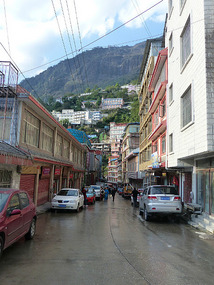
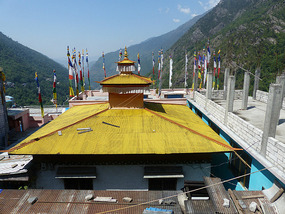
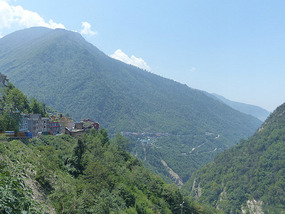
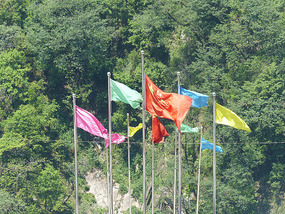
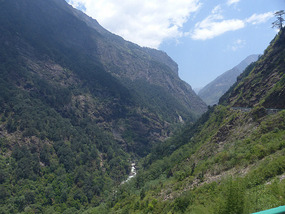
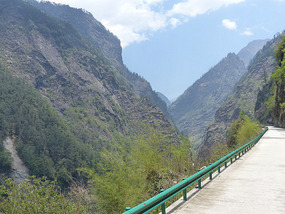




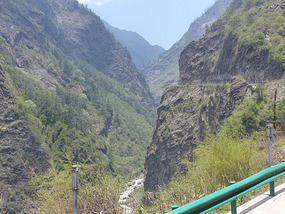
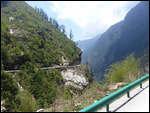
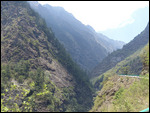
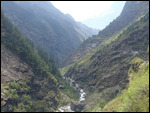
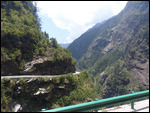
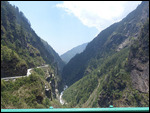
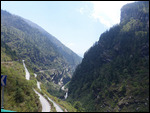
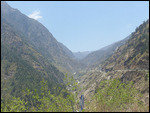
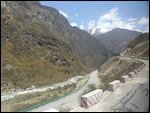
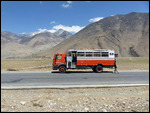
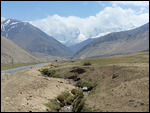
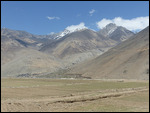
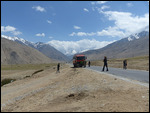
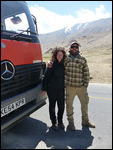
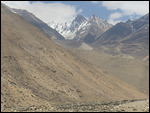
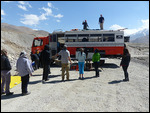
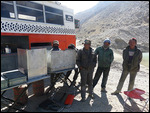
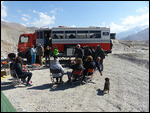
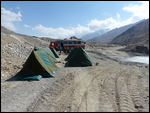
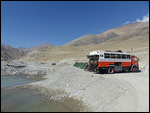
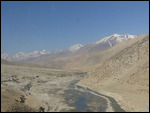
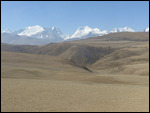
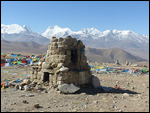
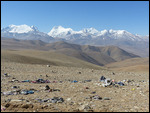
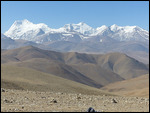
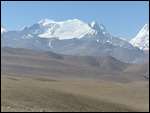
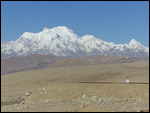
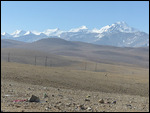
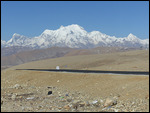
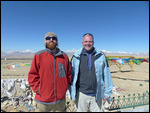
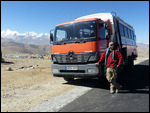

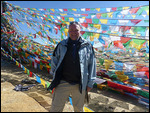
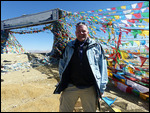
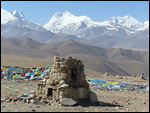
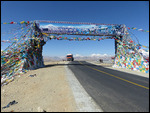
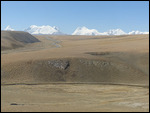
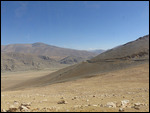
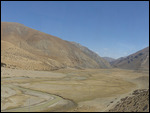
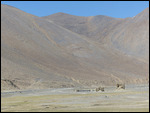
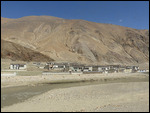
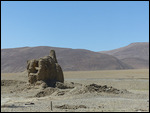

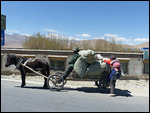
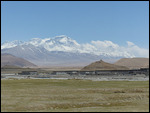
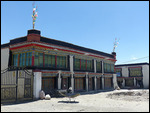
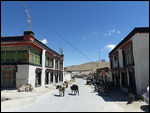
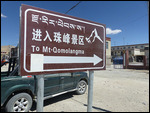
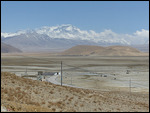
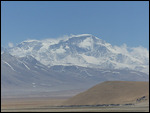
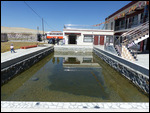
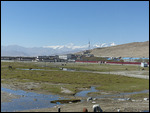
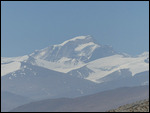
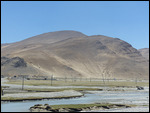
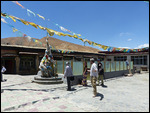
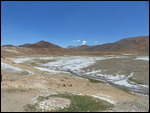
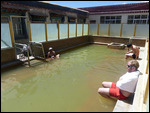
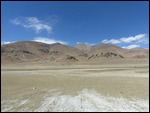

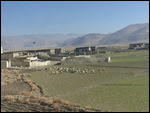
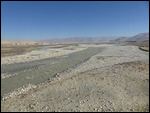
2025-05-22